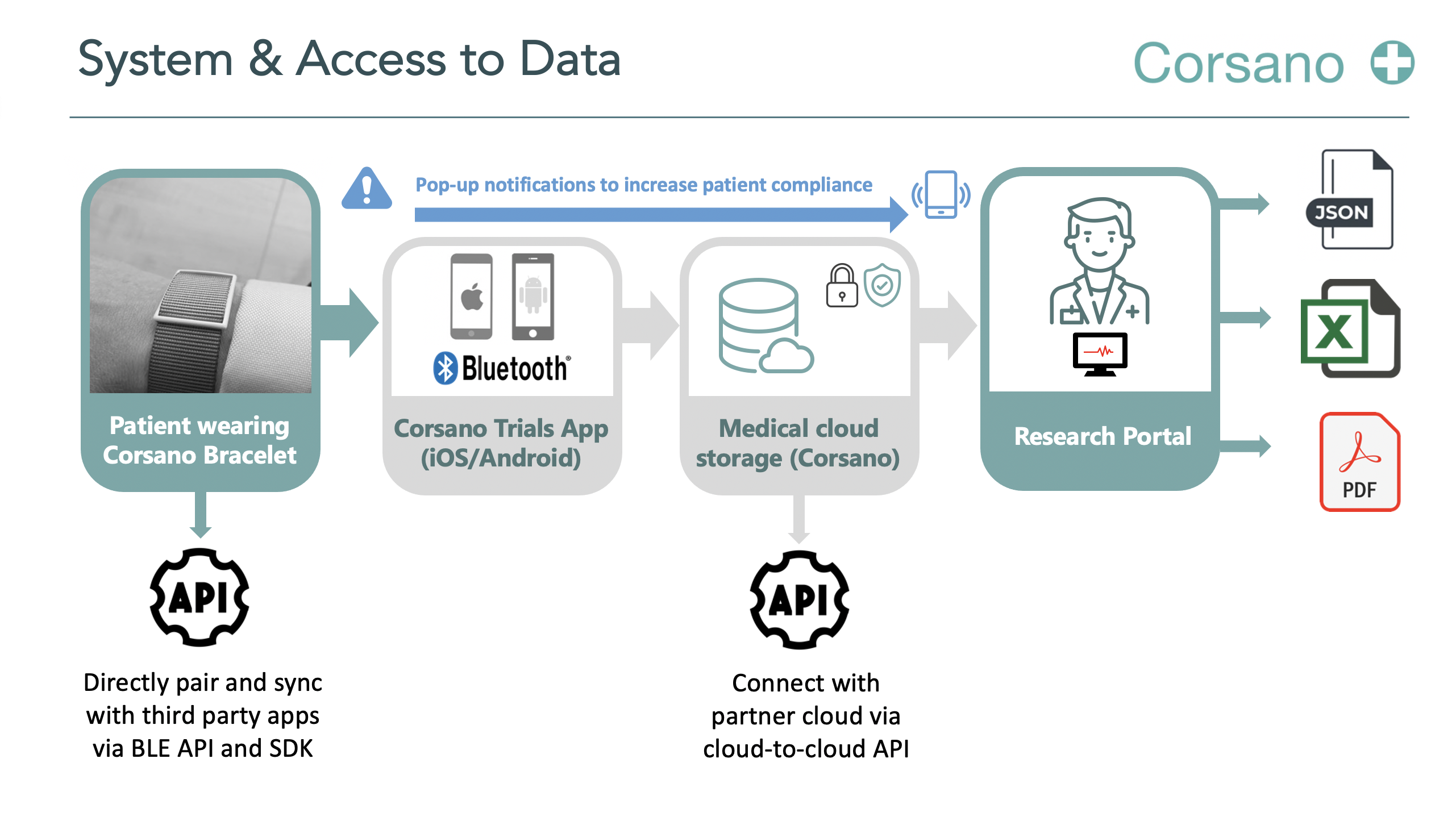Title
An observational study in patients between 12 and 70 years old with an acute asthma exacerbation, to determine the relation between phenotypical characteristics and the treatment response.
Topic
Asthma is a heterogeneous inflammatory respiratory disease affecting 8 - 9% of the European population. Acute asthma exacerbation (AAE) is characterized as an acute worsening of symptoms and is treated inconsistently with steroids with or without antibiotics. In order to adjust and personalise exacerbation treatment, phenotyping and classifying of asthma exacerbations would be required. Therefore, we want to classify patients with AAEs phenotypically in relation to the treatment response.
Objective
The primary objective of the study is to determine the relationship between exacerbation treatment response at day 7 and the phenotypical characteristics of asthma exacerbations. Secondary objectives are 1) developing a prediction model based on biomarkers and/or clinical data to predict the treatment response of AAEs 2) comparing the environmental, inflammatory, microbiological and lipid parameters of patients diagnosed with asthma between exacerbation phase and recovery (baseline).
Study design
A prospective cohort study in a tertiary asthma centre. Study population: Patients aged 12 - 70 years, diagnosed with mild to severe asthma according to the Global Initiative for Asthma (GINA) guidelines. Patients will be included at the onset of a severe asthma exacerbation.
Devices
Spirometry, Fractional Exhaled Nitric Oxide (FeNO), Corsano Cardiowatch 287-2, e-Nose
Main study parameters/endpoints
Primary endpoint is the relation of phenotypical characteristics with treatment response at day 7, defined by 1) the physician - and patient rated global evaluation of treatment effectiveness (GETE) score 2) difference in Asthma Control Questionnaire 5 (ACQ-5) (> 0.5) 3) difference in handheld spirometry values like forced expiratory volume (FEV1 ≥ 10%). Treatment response will be classified as excellent, good, moderate or poor. Secondary endpoints are 1) a prediction model for the treatment response of AAE 2) aetiology of the AAE 3) blood and local respiratory parameters; microbiota composition; lipid metabolomics and volatile compounds composition at baseline and AAE.
Number of Participants
200 Patients with an asthma exacerbation who are diagnosed with mild to severe asthma according to the GINA guidelines.
Inclusion / Exclusion criteria
Inclusion criteria:
Patient diagnosed with asthma according to the GINA guidelines between 12 and 70 years old. If patients are doctor's diagnosed with asthma based on clinical data, the further diagnostics will be performed to confirm the asthma diagnosis after the AAE.
Mild to severe asthma, treated according to GINA guidelines with medium - or high dose inhaled corticosteroids (with or without LABA) or treated with a low dose inhaled corticosteroids combined LABA or leukotriene - receptor antagonist.
Asthma exacerbation, indicated for systemic corticosteroids.
Written personal and/or parental informed consent, prior to any study procedures.
Eligibility and willingness to present during an asthma exacerbation at the Franciscus Gasthuis hospital.
Ability to use e - health applications.
Exclusion criteria:
Recent oral corticosteroid treatment in the last 6 weeks.
Immunosuppressive maintenance medication (azithromycin, systemic corticosteroids maintenance therapy and other) or recently (< 6 weeks) discontinued these medications. (Desensitization therapy indicated for allergies can be included in the study)
Maintenance medication or recently discontinued (< 6 weeks) biologicals.
Other underlying inflammatory or auto-immune diseases, such as rheumatologic disease.
Involvement in the planning and/or conduct of the study (applies to both investigator staff and/or staff at the study site)
Pregnancy, because of the possible altered immunological status.
Participation in an interventional study or randomised controlled trial.
Study Centre
Franciscus Gasthuis
Erasmus Medical Center
Start time, Duration
August 2022, 24 months
https://www.clinicaltrials.gov/study/NCT05304039
Interested in our Trial Programme?
Corsano Cardiowatch Bracelets enable continuous monitoring with multiple algorithms. Corsano is working closely with cardiologists, scientists, hospitals, patients, and research organisations. Scientific research demonstrates the legitimacy of Cardiowatch 287 algorithms.
We are currently performing pilots with selected clients. Contact us if you want to know more!
The founders of Corsano Health have over 100 years of experience in the Swiss Watch industry, with deep experience about ergonomic design and materials for wearables that are worn 24/7.
